
How to Get Rid of Mealy Bugs and Other Pests on Succulents
Are Pests Invading Your Precious Succulents?
Have you noticed tiny white cotton-like clumps on your succulents? Or perhaps your once-thriving plants seem stunted, wilted, or just generally unhappy? These could be signs of a pest infestation. Mealybugs, aphids, and other pests can quickly turn your beloved succulents into a battleground. But don’t worry! With the right techniques, you can reclaim your plants and prevent future invasions.
Identifying Common Succulent Pests
Before tackling a pest problem, it’s essential to know what you’re dealing with. The most common pests on succulents include mealybugs, aphids, spider mites, and scale insects. Mealybugs are the most notorious, easily recognizable by their white, fluffy appearance. Aphids are small, green or black insects that often gather on new growth. Spider mites are almost invisible to the naked eye but leave behind fine webs. Scale insects, on the other hand, appear as small, brown, or grayish bumps on the leaves or stems.
Knowing what pest is affecting your succulents is the first step in controlling them effectively.

The Damage Pests Cause to Succulents
Pests can cause a variety of problems for succulents. Mealybugs, for example, suck the sap from your plants, weakening them over time. This can lead to stunted growth, wilting, and even plant death if left untreated. Aphids and spider mites can also cause similar damage, affecting the overall health of your plants. In severe cases, a pest infestation can spread to other nearby plants, turning a small problem into a significant issue.
Understanding the extent of the damage pests can cause will motivate you to take action sooner rather than later.
Natural Remedies to Control Mealybugs
For those who prefer an eco-friendly approach, natural remedies are a great way to control mealybugs and other pests without harming the environment. One of the most popular methods is using a solution of water and dish soap. Simply mix a few drops of dish soap in a spray bottle filled with water, and spray the affected areas of your succulent. The soap breaks down the waxy coating on mealybugs, killing them on contact.
Another natural remedy is neem oil, a plant-based insecticide that is safe for succulents. Apply it directly to the pests or use it as a preventative measure by spraying the entire plant.
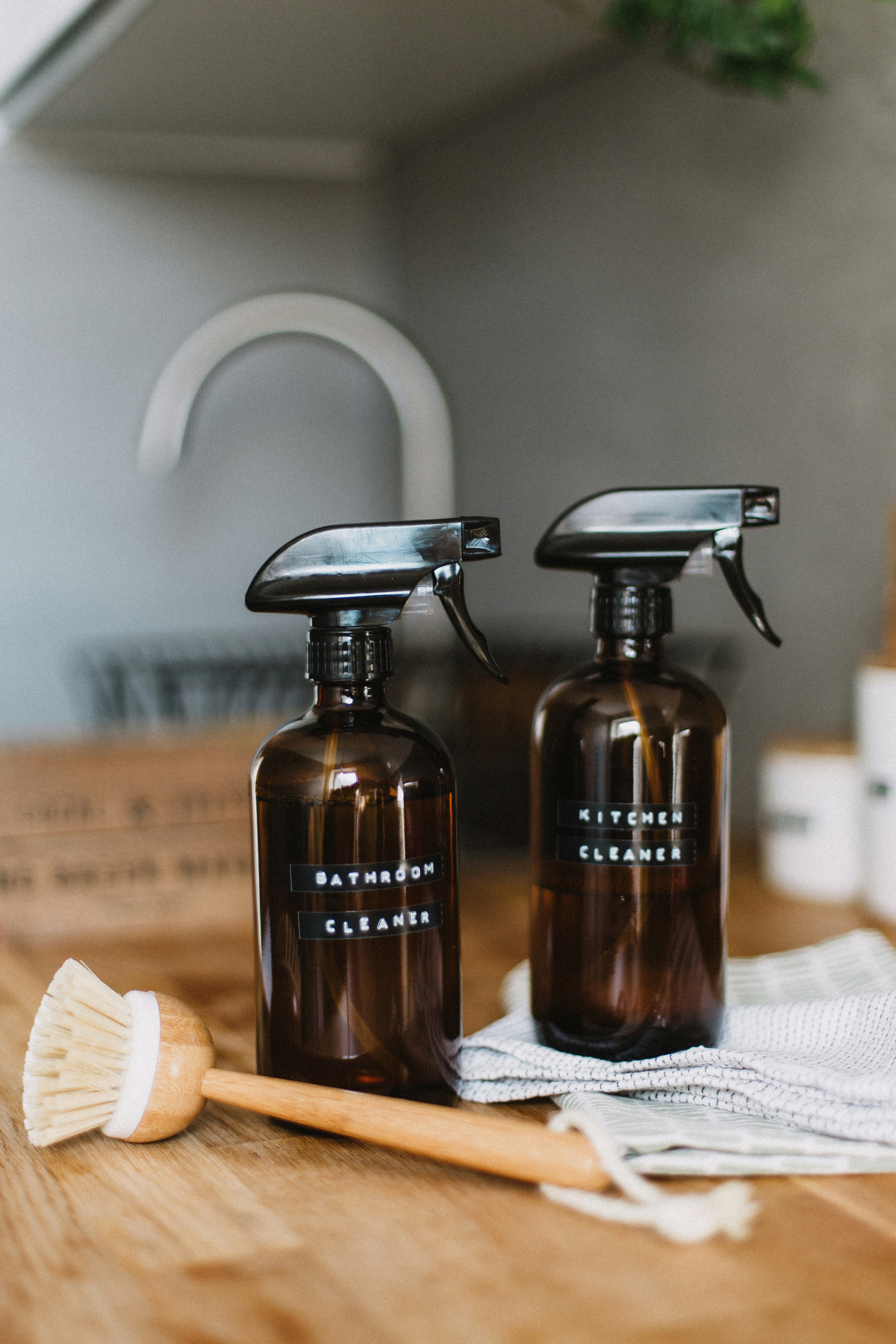
Chemical Options for Severe Infestations
If natural remedies aren’t enough to control the infestation, chemical options may be necessary. Insecticidal soaps and horticultural oils are effective at controlling mealybugs, aphids, and spider mites. These products are available at most garden centers and are safe for use on succulents when applied according to the instructions.
Systemic insecticides, which are absorbed by the plant and kill pests when they feed on it, can also be an option for severe infestations. However, these should be used as a last resort due to their potential impact on beneficial insects and the environment.
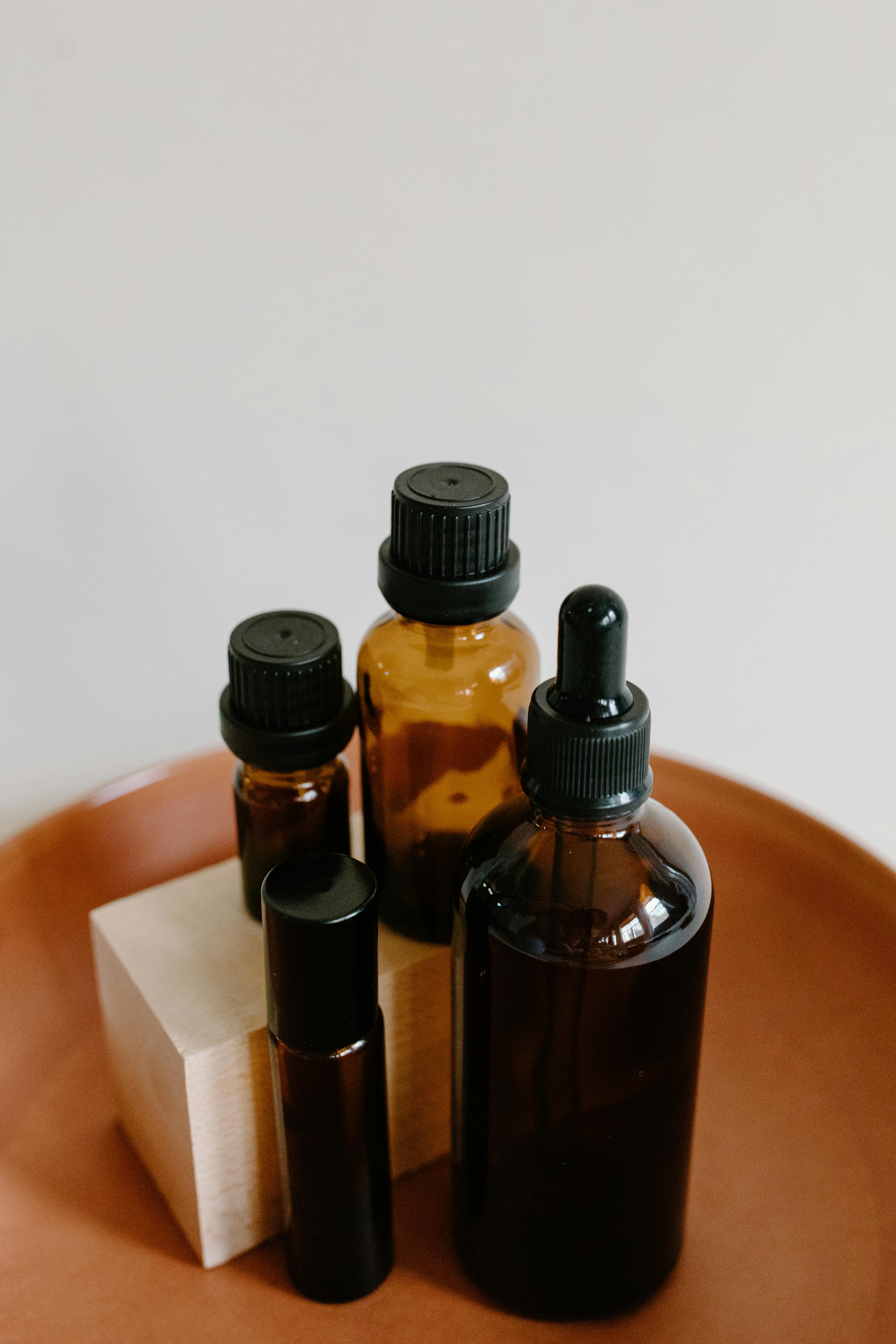
The Importance of Regular Inspections
One of the best ways to prevent a pest infestation is by regularly inspecting your succulents. Check the leaves, stems, and soil for any signs of pests, such as white fluff, sticky residue, or tiny insects. Early detection allows you to address the problem before it becomes a full-blown infestation.
Make it a habit to inspect your succulents whenever you water them. This small step can save you a lot of trouble down the road.
Proper Watering Techniques to Prevent Pests
Believe it or not, how you water your succulents can impact their susceptibility to pests. Overwatering can create a humid environment that attracts pests, while underwatering can weaken your plants, making them more vulnerable to infestations. The key is to water your succulents thoroughly but infrequently, allowing the soil to dry out completely between waterings.
Ensure your succulents are planted in well-draining soil and pots with drainage holes to prevent water from pooling at the bottom.
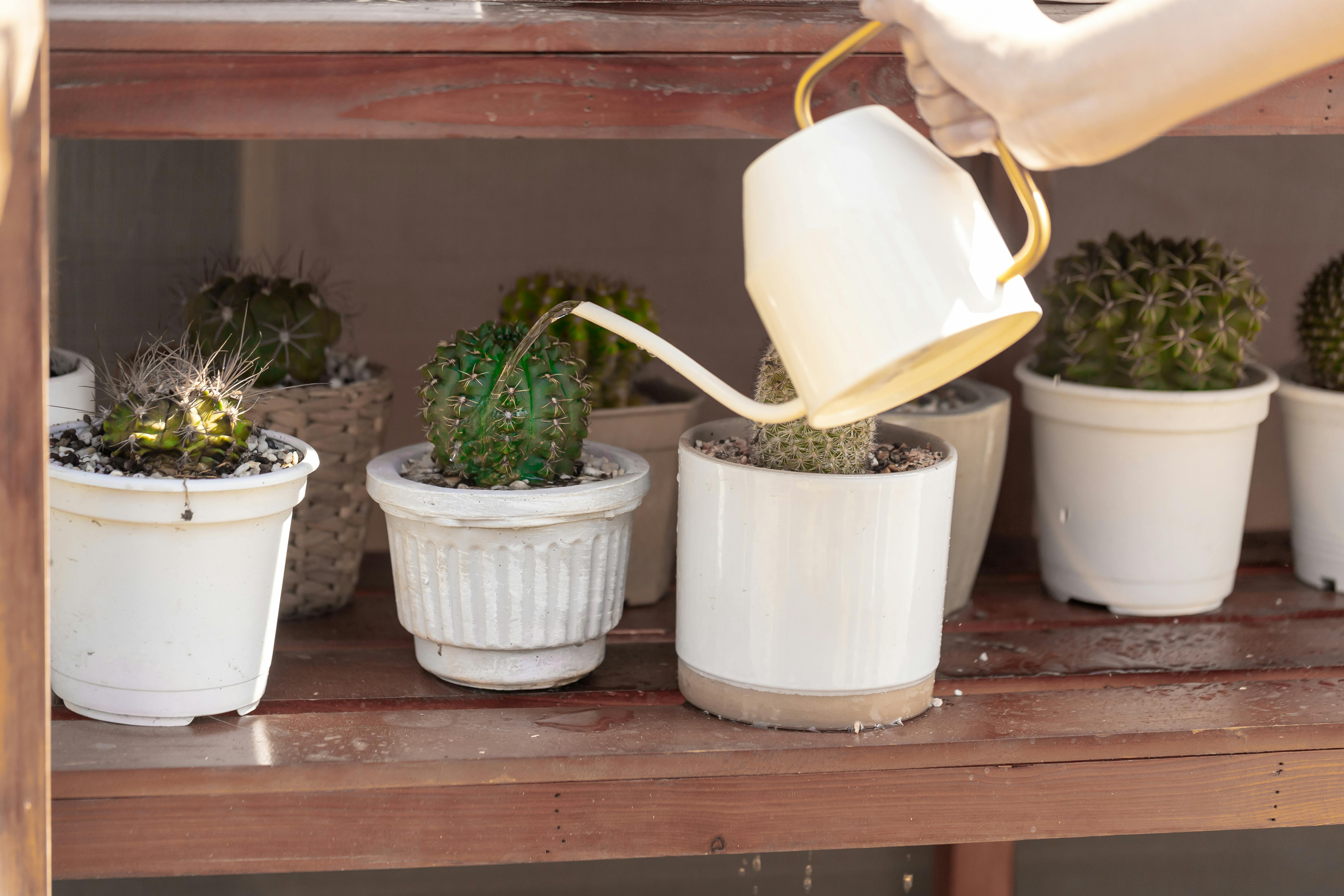
Using Beneficial Insects as Natural Predators
If you prefer a more natural approach, introducing beneficial insects to your garden can help control pests. Ladybugs, for example, are natural predators of aphids and mealybugs. You can purchase ladybugs at garden centers and release them onto your plants to help keep pest populations in check.
Another option is to encourage beneficial insects by planting flowers that attract them, such as marigolds and daisies.

Repotting to Remove Infested Soil
In cases where pests have infested the soil, repotting your succulents may be necessary. Remove the plant from its pot and gently shake off the old soil. Inspect the roots for any signs of pests and trim away any damaged areas. Repot the succulent in fresh, well-draining soil and a clean pot to eliminate any lingering pests.
Be sure to dispose of the infested soil far away from your other plants to prevent the pests from spreading.
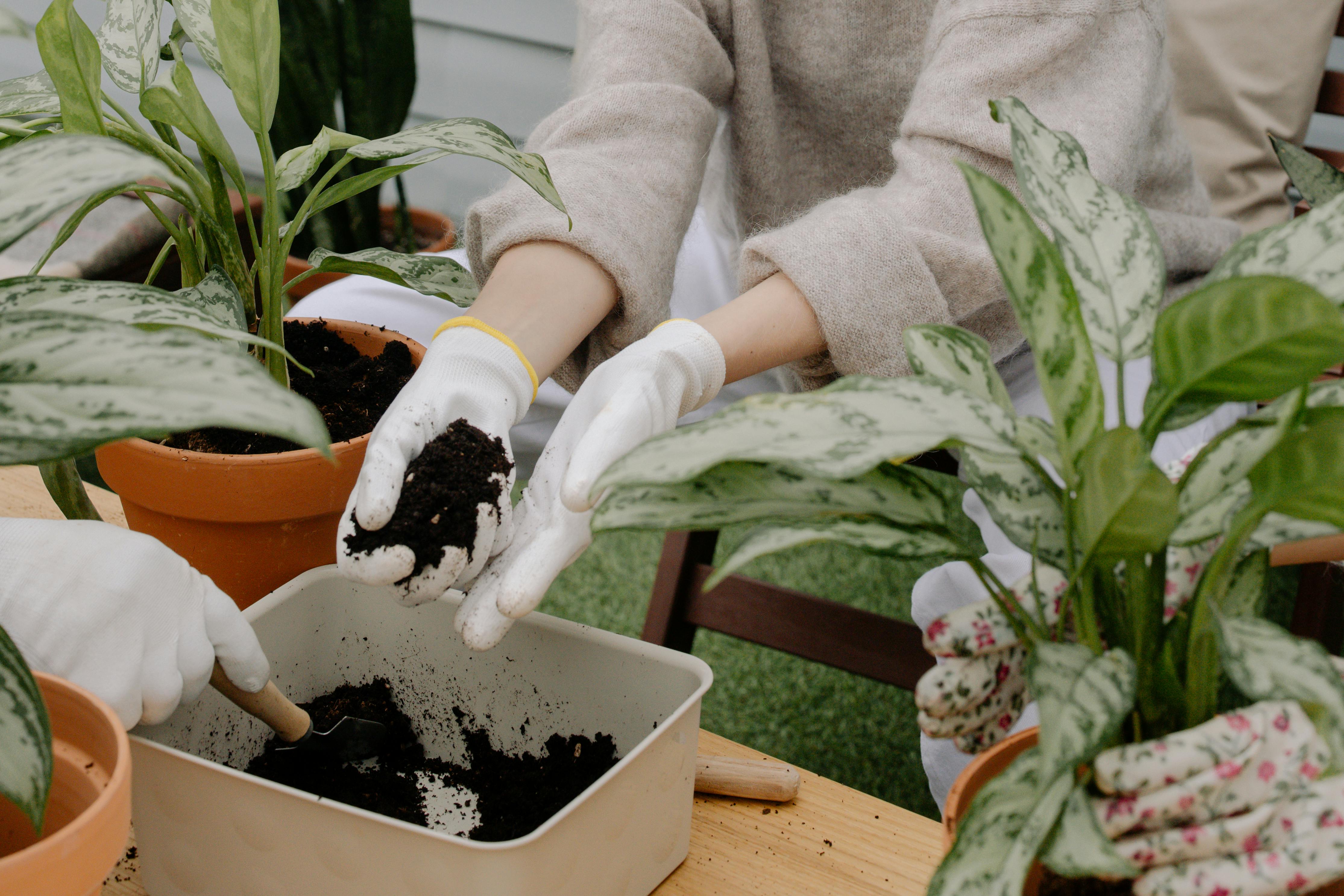
Preventing Future Infestations
Once you’ve gotten rid of the pests, it’s important to take steps to prevent future infestations. Regularly clean your succulents by wiping the leaves with a damp cloth to remove dust and debris, which can attract pests. Avoid overcrowding your plants, as this can create a humid environment that pests love. And finally, keep your succulents healthy by providing them with the right amount of sunlight, water, and nutrients.
Healthy plants are less likely to attract pests, so give your succulents the care they need to thrive.
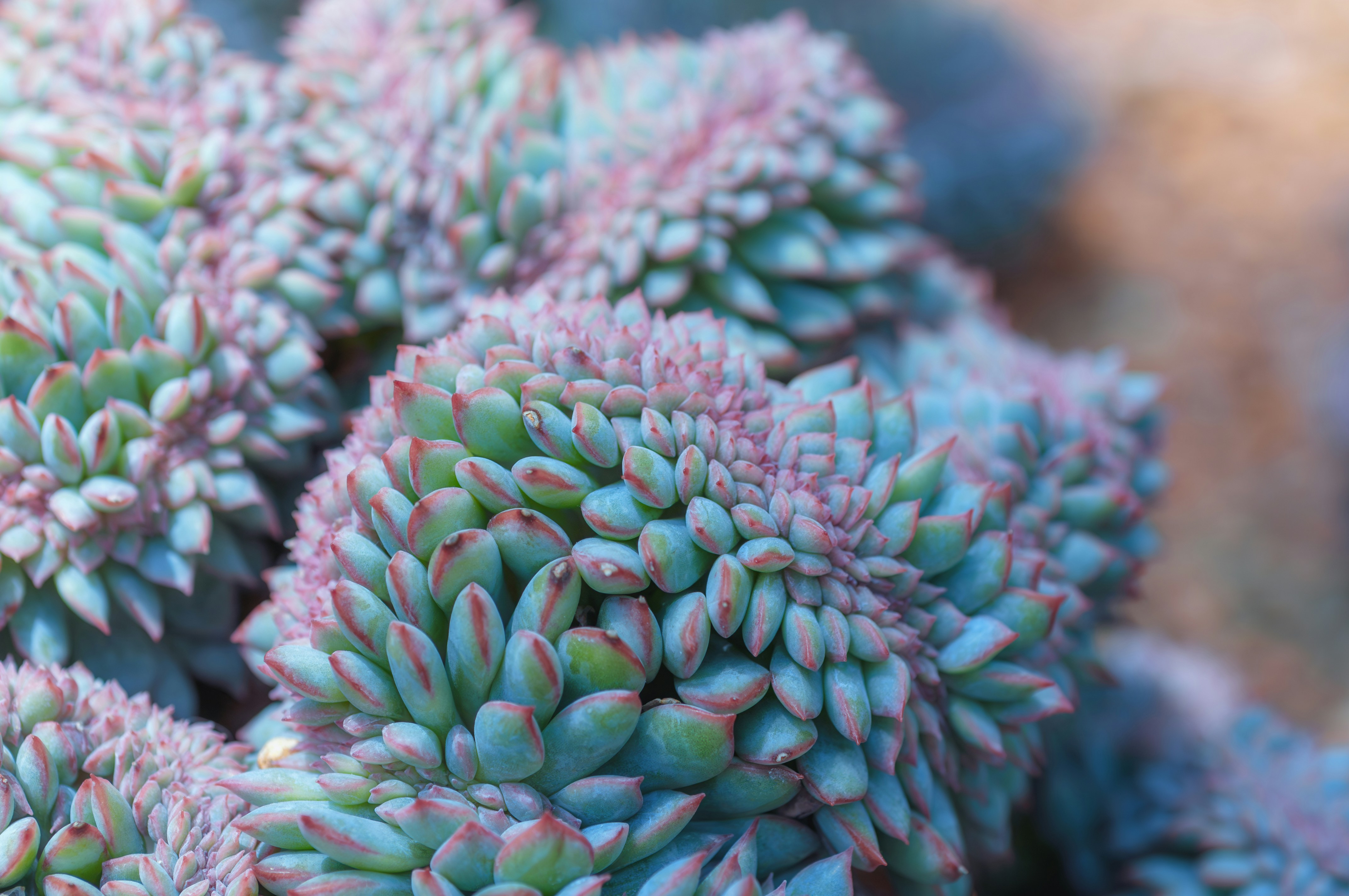
Keep Your Succulents Pest-Free and Thriving
Dealing with pests on succulents can be frustrating, but with the right knowledge and techniques, you can keep your plants healthy and pest-free. By regularly inspecting your succulents, using natural or chemical remedies as needed, and taking preventative measures, you’ll be able to enjoy your beautiful plants without the worry of pesky invaders. Remember, the key to a thriving succulent garden is consistent care and attention.
With these tips, you’ll be well on your way to keeping your succulents happy, healthy, and pest-free!



